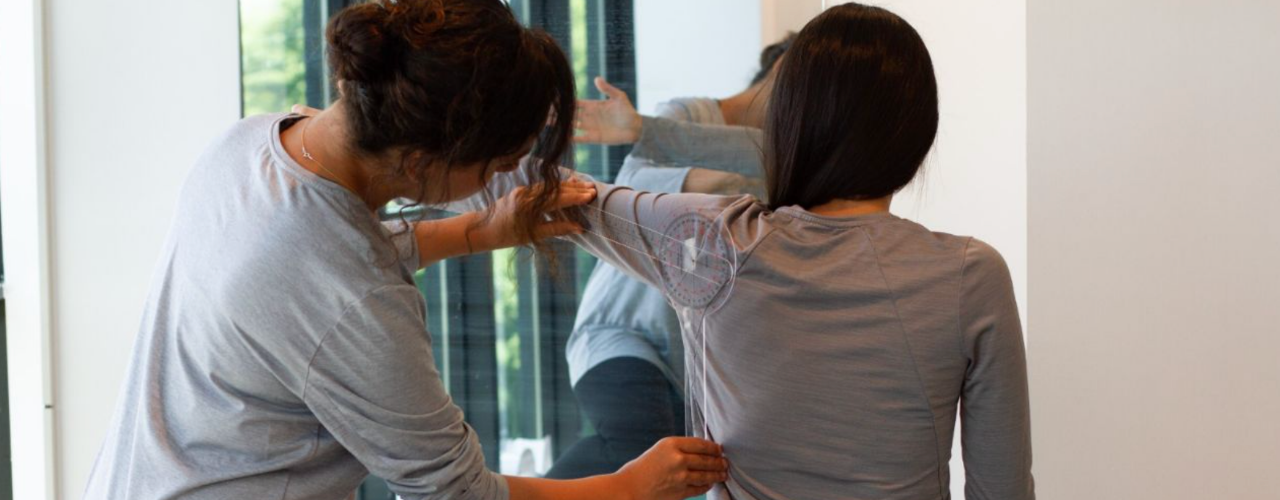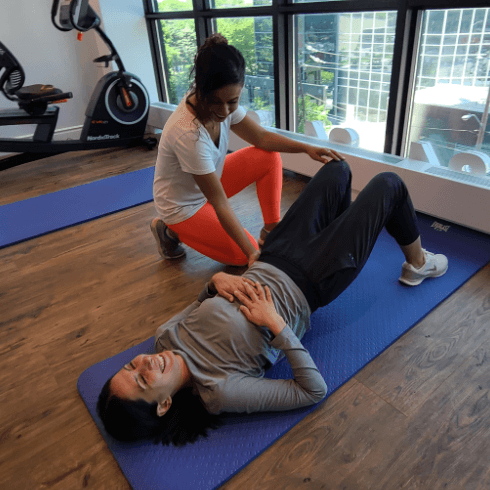Are You Aware Of The Benefits of Joint Mobilization?
Have you ever heard of joint mobilization? This method of treatment entails the passive movement of specific joints with the use of a trained application of force, direction, and technique.
While joint mobilization is a highly effective treatment choice, many patients are unaware of its advantages! Our Toronto, ON physiotherapy practice is proud to provide joint mobilization strategies to our patients in need.
Our physiotherapist may choose to use joint mobilization techniques with their hands, or they may choose to use devices, such as braces, to help deliver the desired treatment effect.
How do joints work?
A variety of physiological components, including ligaments, tendons, capsules, cartilage, and muscle fibers, are what protect the joints.
All of these systems are subject to injury depending on your age and physical activities, but physiotherapy procedures, such as joint mobilization, can help!
There are hundreds of joints in your body, many of which are different shapes and sizes (such as a “hinge joint” in your elbow, a “ball and socket joint” in your hip, or a “saddle joint” in your thumb). Your joints depend on a combination of stability and mobility to help you work effectively and comfortably,
The specific type, magnitude, speed, and frequency of joint mobilization performed depends on several factors, including the goal of treatment, the type of joint being targeted, and even your unique anatomy.
The benefits of joint mobilization include the reduction of pain, improved range of motion, and improved quality of the joint movement itself (known as arthrokinematics).
What conditions can joint mobilization treat?
Your joints could be causing you pain without you even realizing it!
Joint mobilization is not necessary for all patients, so our professional and experienced physiotherapist will help you determine whether it is the best fit for your treatment plan.
An irritated, swollen, or misaligned joint may occur as a result of an injury, stress, poor posture, repeated movement, or even age-related wear and tear.
When this happens, the joint can become rigid and painful because it does not move correctly.
Since joint problems are often the secret underlying causes of other types of injuries and ailments including muscle strains, ligament damage, and bursitis, we strongly advise you to see a Toronto, ON physiotherapist if you are experiencing acute or chronic dysfunction.
As a result of attempting to support or stabilize the injured joint, nearby structures such as muscles, tendons, and ligaments may become tense or injured.
This can lead to muscle weakness or even impingement and damage to nearby nerves.
Specific conditions that our physiotherapy team successfully manage with joint mobilizations include:
- Adhesive capsulitis (frozen shoulder)
- Arthritis (especially of the shoulder, spine, elbow, hip, and knee)
- Sciatica and other types of nerve impingement syndromes
- Rotator cuff tears and sprains
- Facet joint locking and other types of spinal misalignments
- Medial or lateral epicondylitis (golfer’s or tennis elbow, respectively)
- Ankle sprains
- Whiplash
What should I expect from joint mobilization sessions?
During your initial appointment at PhysioD, you should anticipate a detailed evaluation. To design the best treatment plan for you, we will assess and evaluate everything from your range of motion, coordination, discomfort, posture, and even potential tissue stress.
Based on the findings of our review and the information we gather from you about your current and previous medical history, we will be able to create a customized care plan to meet your unique needs.
Your therapist must be able to see or feel the exact joint that he or she is mobilizing by using joint mobilization methods – keeping in mind, of course, that your privacy and comfort are of the utmost importance to our staff. To prepare for a physiotherapy session involving joint mobilization, dress in loose, comfortable clothing.
Our Toronto, ON physiotherapist will also make sure to give you detailed guidance about how to sit or lie down during your consultation to maximize outcomes and avoid recurring pain or dysfunction. They will also clarify exactly what you should expect and what you should do after your session.
We will also provide you with additional resources, such as therapeutic exercises for stability and range of motion, to complement and strengthen the effects of joint mobilization PhysioD. If our physiotherapist deems it appropriate, such modalities or postural neuromuscular retraining may be incorporated into the treatment plan.
Do you think joint mobilization would be a good fit for you?
If you think joint mobilization is right for you, there’s only one way to find out. Schedule an appointment at PhysioD today to learn more about our wide range of physiotherapy services that we offer.
Drug-free relief from joint or muscle pain is possible. Get started on your healing journey today!


